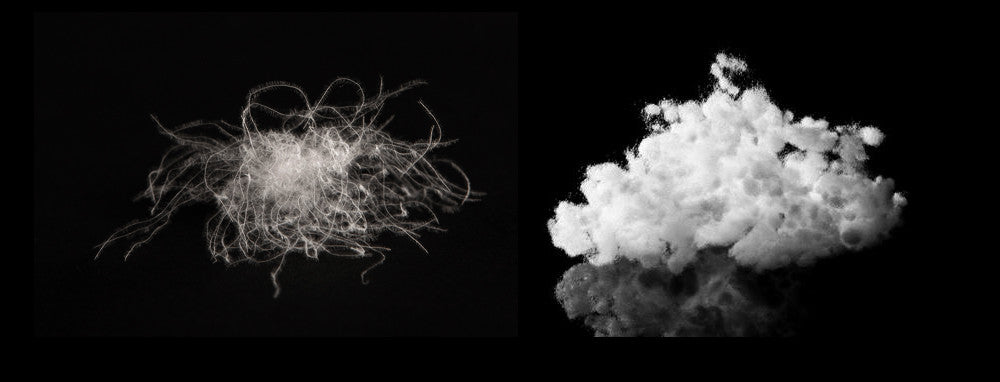
Winter is finally here, let's talk jackets!
Down vs Synthetic Fill

It may have taken longer to arrive than normal, but winter is finally here, so it’s time to talk winter jackets. When you head over to Outdoors Oriented to choose your new best friend for the winter, you might be overwhelmed by the options. Down, Synthetic, Down Defender, and Coreloft are just some of the terms you will encounter when choosing your new jacket. Let's talk about these materials and help you choose your new jacket from the inside out.
The Low-Down on Down:
Down is a well known and trusted form of insulation. It is made from the plumage that is found underneath the exterior feathers of waterfowl. There are various pros and cons to this type of insulation.
Pros
- It’s a slightly more lightweight option that will therefore pack down smaller if space is a concern.
- Down holds up over time. With the proper care down filled jackets can last decades!
Cons
- Wet down is sad down. When your down jacket gets wet it doesn't retain all of its insulating properties and takes a long to time to dry out.
- Down filled items tend to have a higher price tag then synthetic filled ones. You’re paying for the high warmth to weight ratio and a lighter weight product.
There are companies who have taken steps to reduce the hesitation when choosing down by putting a special water treatment on the plumage before it fills your jacket. For example, Marmot uses Down Defender which helps the down repel water and therefore keep you warmer in wet conditions.
What is Synthetic Fill:
There seem to be so many different types of synthetic fill out there today that all boast to be the best and comparable to down. Let's look at a few of these and some pros/cons of synthetic fill.
Primaloft Thermoball which can be found in The North Face products is a fill of synthetic fiber clusters that mimic down by trapping heat in small air pockets. It offers a low weight product that performs better than down in wet conditions. Another type of synthetic fill you might encounter is Coreloft by Arc'teryx which has a similar synthetic fill but has a crimped design to trap warm air.
Pros
- Provides more warmth when wet and has a faster drying time than down.
- It's an easy to care for product as most items can be put in the washer and dryer.
Cons
- Today synthetics are getting very close to the light weight of down, but they are still fractionally heavier and bulkier.
- Although durable, synthetic fibers will break down faster over time compared to Down.
The Decision:
Now that you know a bit more about down versus synthetic fill it's time to make your decision. Down is a great option if you want something light weight and warm, but keep in mind you might be paying more and need to be cautious in wet weather. Synthetic fill is a great option for those who want an easy to care for, water repellent insulator that will leave you with a few dollars to accessorize with mitts and a new toque! Keep in mind that in both cases a wind or waterproof proof layer is often added to the exterior to protect you from the wet or blustery days. Now it’s time to find your favourite fit and colour then get out there and enjoy the outdoors!

